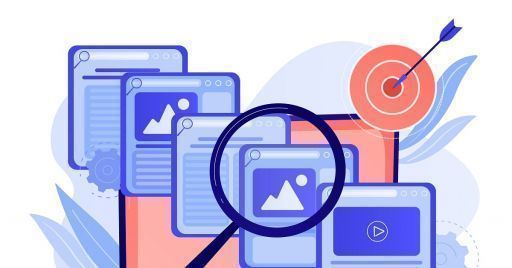
How to optimize the content library of an eLearning platform

What is a content library for and how to make it as user-friendly as possible?
The place where you store resources to be used for training within an eLearning platform is generally called a content library. The longer the history of this collection of resources, the more difficult it becomes for trainers and learners to find the material they need. Let's look in detail at what a content library contains and how we can organize it to make course creation more effective and encourage self-training.
What is a library in computer science?
The term library in computer science means a set of data and functions that connect to a software through a link. The goal is to have ready-to-use resources available through code reuse. It's like a big library whose books can be found through its own ISDN code and be borrowed by different users.
What does content library mean in eLearning?
In eLearning, content library is used in two meanings:
- In the first case, it is a set of resources to be used for the creation of online courses by the training designer. In this case, it means course templates, characters, photos, videos and any other element that can be used in the process of creating a course through a specific tool, the authoring tool.
- In the second case, it is used more as a synonym of course catalog and indicates a collection of all the useful resources for training: video tutorials, audios, blog articles, simulations, games, infographics, in short, everything that can make up an online course. It can be accessed at any time and from any device.
Why use a content library?
Leaving aside the technical aspect, and focusing on corporate training, the role of the content library is to contain in one place all the useful resources to make training effective, both from the trainer's point of view and from the user experience point of view. With a well-organized content library, courses are created faster and you can respond just as quickly to learners' training needs.
How to organize a content library
From an instructional designer's point of view, a content library should be organized in exactly the same way as you would a library, with categories and labels, or simply by assigning a consistent name to files that can be found easily. What's important is to keep the resources up to date at all times so that they are truly ready for use.
From the user's perspective, a well-stocked library of content might be hiding resources. To bring out microcourses and other educational resources, you can create maps to aid navigation.
How to navigate within the content library?
If maps aren't enough, the trainer can help the student find the resources they need in a variety of ways:
- By highlighting content, each week to promote the appropriate resource.
- Encouraging the creation of user-generated content to make them an active part of the creation process.
- By promoting the exchange of experiences among students about the resources they use, so that each employee can discover new training tools.
A content library is an important element of an LMS, learning management system, because it gives the trainer and learners the ability to quickly create and view training content. To organize it in an effective way, you need to keep resources up-to-date and catalog them in a consistent way. The most effective way to take advantage of it is to highlight content, enrich the library with user-generated content, and foster social learning.
Translated with www.DeepL.com/Translator
Did you like this article? Sign up for the newsletter and receive weekly news!
Subscribe to NewsletterComments:
No comments are in yet. You be the first to comment on this article!